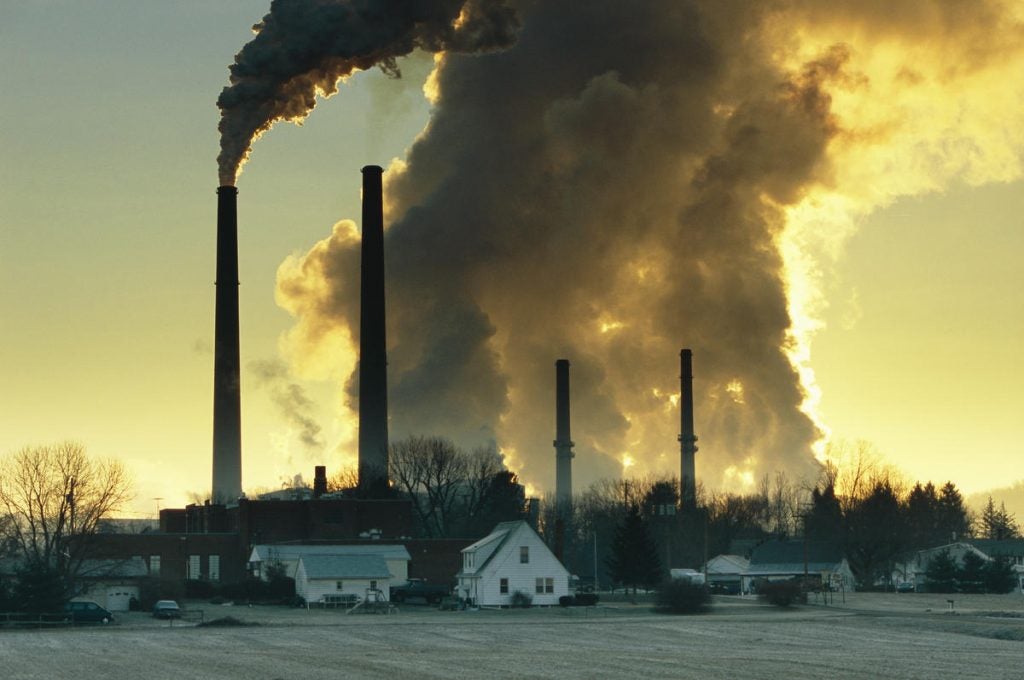 The Mercury and Air Toxics Standards have slashed dangerous pollution and prevented thousands of premature deaths since their creation in 2012.
The Mercury and Air Toxics Standards have slashed dangerous pollution and prevented thousands of premature deaths since their creation in 2012.
Despite this success, the Trump administration undermined the legal foundation for the Mercury and Air Toxics Standards in 2020. But the Environmental Protection Agency is soon expected to release a proposal that would restore the legal basis for limiting hazardous air pollution from coal-fired power plants under the Clean Air Act.
It’s critical for the health of American families that EPA does so — and that EPA then further strengthens the Mercury and Air Toxics Standards.
The Mercury and Air Toxics Standards cover some of the most dangerous substances emitted by coal plants — including mercury, which causes brain damage in children; chromium and nickel, both of which both cause cancer; and hydrochloric acid gas, which causes serious lung disease. These substances can be harmful even in small quantities, and power plants are the nation’s largest emitters of many of them.
Since EPA first limited this pollution in 2012, mercury pollution from coal-fired power plants has dropped by more than 80 percent. Despite that achievement, the Trump administration attacked the legal basis for the Mercury and Air Toxic Standards by reversing EPA’s determination that it is “appropriate and necessary” to regulate hazardous air pollutants from coal plants. That action opened the door to claims that the Mercury and Air Toxics Standards must be struck down altogether, which would leave no federal limits on many dangerous pollutants.
The evidence supporting EPA’s prior “appropriate and necessary” finding was extensive and has only grown stronger in recent years. New scientific and economic studies show that the protections have even greater public health benefits than EPA originally estimated. At the same time, the cost of Mercury and Air Toxic Standards has been less than one-quarter of what EPA expected in 2012.
In fact, there is a robust record demonstrating that the Mercury and Air Toxics Standards can and should be stronger in order to protect all people from hazardous air pollution. Even with the steep declines in pollution since 2012, many coal plants still emit large quantities of hazardous air pollution, with mercury pollution disproportionately affecting vulnerable populations including children.
Technological advances since the Mercury and Air Toxics Standards were first adopted have enabled coal plants to achieve greater pollution reductions at lower costs. In fact, many coal plants emit hazardous air pollution in amounts well below the requirements of the Mercury and Air Toxics Standards, which shows that more stringent safeguards are feasible.
More stringent standards are also necessary to bring the worst-polluting plants up to par. Strengthening the standards would help address the continuing threat from high-polluting plants that are not operating or optimizing available pollution controls.
In a Day One Executive Order, President Biden ordered EPA to review the previous administration’s actions related to the Mercury and Air Toxics Standards. EPA now has the opportunity to restore the legal basis for the standards and to strengthen these life-saving public health safeguards. These steps are essential to protect our families and communities.
EDF and other public health and environmental groups have fought for years to defend the Mercury and Air Toxics Standards and will continue fighting to strengthen them.









